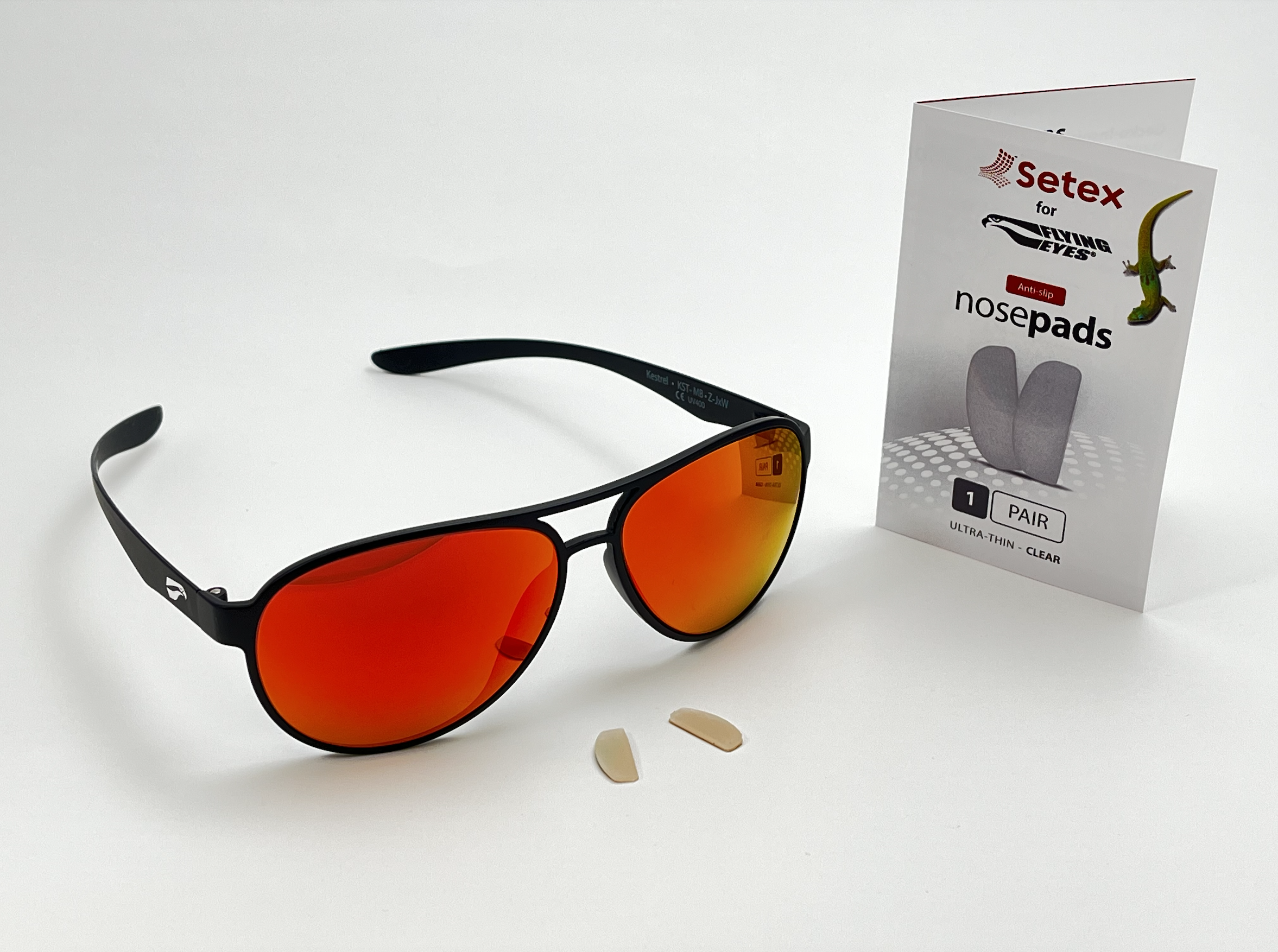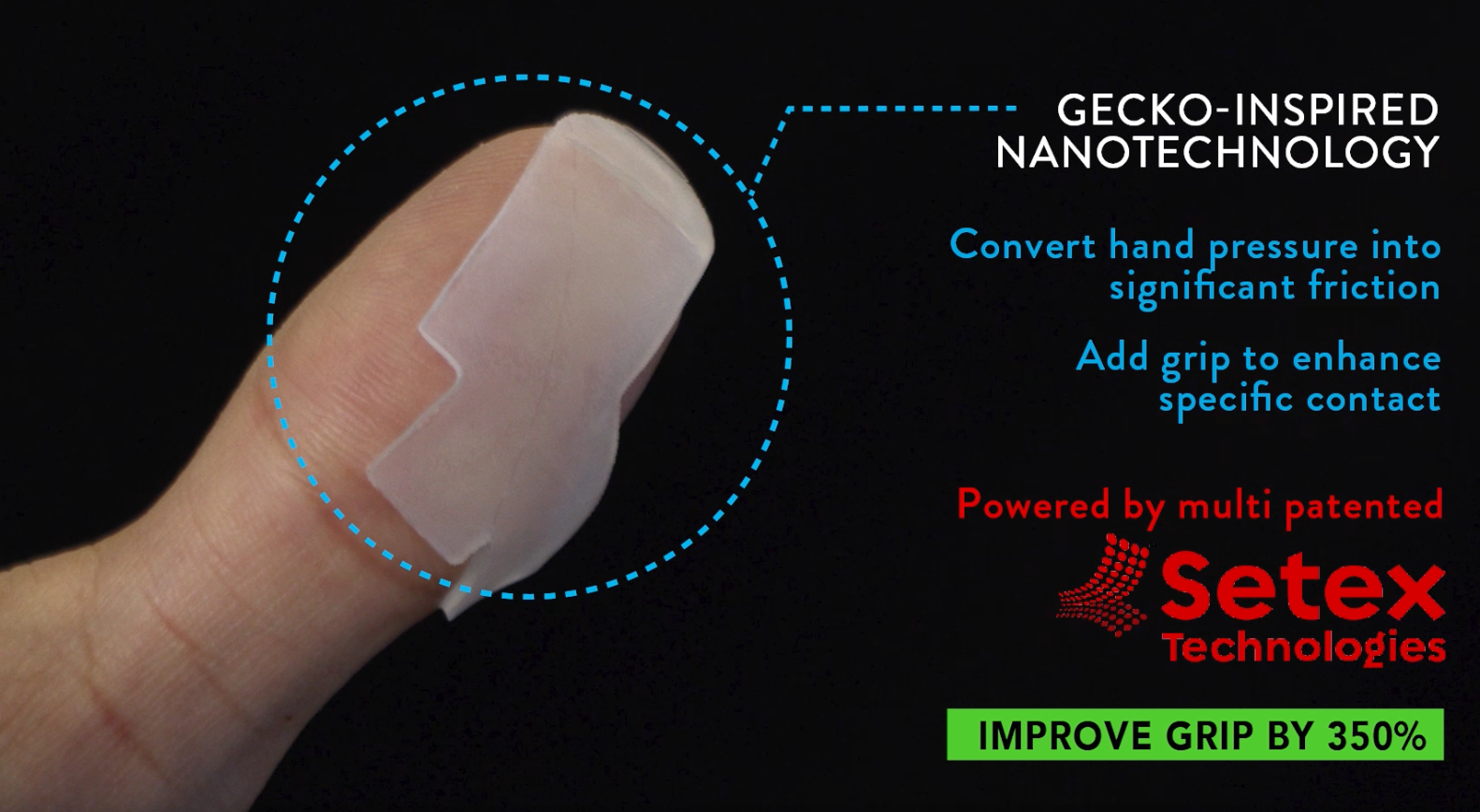The science behind Setex Technologies was inspired by a question proposed by one of the many wonders of nature. “How do geckos defy gravity?” The academic research and scientific experiments that set out to answer this question gave birth to Setex Technologies.
This approach of asking how and why actions in nature are possible has led to innovations that solved complex human inquiries for centuries. Leonardo da Vinci, a painter, sculptor, inventor, scientist, theatrical set director, puzzle-maker, and more often began with a simple question. His well-documented journals are filled with such inquiries as, how do birds fly, how do fish swim, how is light diffracted over distance. Over his life, he had thousands of questions on how nature worked.
Throughout his prolific and illustrious career, da Vinci spent countless hours in observance of nature. He used these observations to sharpen his skills as a painter and more. He studied the interplay of shadows and light which led to his ability to transform his artwork beyond a one-dimensional image. To achieve realistic sculptures, he observed how muscles relied on each other for movement. He used the power of observation, research, and experimentation to emulate nature.
Biometrics or Biomimicry
The process of studying how nature works and applying the answers to solving human problems is known as biometrics or biomimicry. The words are compound words taken from ancient Greek. bios translated as life and mimesis as an imitation. Simply put the words biometrics or biomimicry mean the process of imitating life.
Setex Technologies is the end result of applying biometrics to develop innovative products based on the ability of the gecko to defy gravity. The original research centered on answering that question, then developing a process that would emulate the gravity-defying ability of the gecko. This led to the breakthrough of the gecko-inspired grip and adhesion products developed by the scientists at Setex Technologies.
The Gecko Grip
The gecko does not use webs, claws, or glue to defy gravity. It has developed the powers to walk upside down, and vertically through evolution. The development of this skill was in response to its need to escape predators which it must be able to do at birth. This evolutionary ability is a complex system that encompasses, geometry, biology, physics, and chemistry working in unison.
The gecko uses the principle that negative and positive charges attract. To take advantage of this rule of physics, it relies on a complex interplay of the geometry of its feet, its toe pads, and intermolecular forces.
The toepads of the gecko have thin hairs called setae made of keratin, a structural protein, they end in smaller structures known as spatulae. The shape of the gecko toe pad combined with a positive and negative interplay between the setae, spatulae and the surface is in short how evolution has allowed the gecko to defy gravity.
University Research to Commercial Application
After answering the question, how do geckos defy gravity, the next step was how it could be imitated for solutions that help human problems. Setex Technologies was incubated from research, experimentation, and development at Carnegie Mellon University.
The result of the original inquiry and years of research and experimentation was a technology to supply micro-fibrillar polymer-based dry adhesives and surfaces for a wide range of product applications. Patented gecko-inspired Setex materials delivering products and solutions that stick, grip, and fasten with unmatched flexibility and under the most challenging circumstances emerged from academic research to commercial production.
Setex Technologies is applying the science of how geckos defy gravity to solve gripping and sticking solutions to an array of diverse industries. Setex Technologies is already supplying innovative solutions to hundreds of products and industries with many more on the horizo

